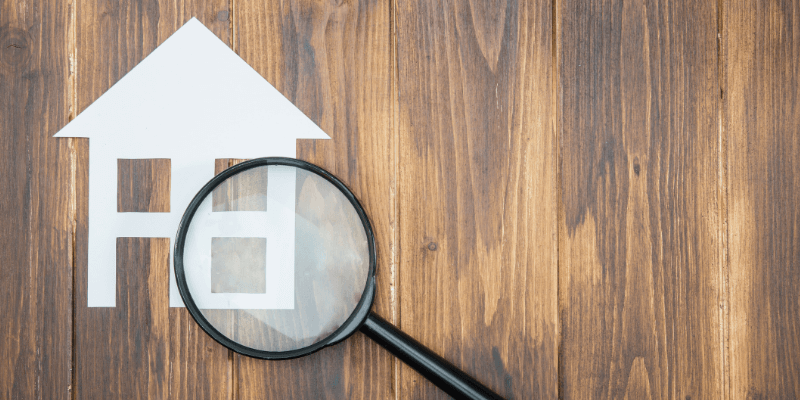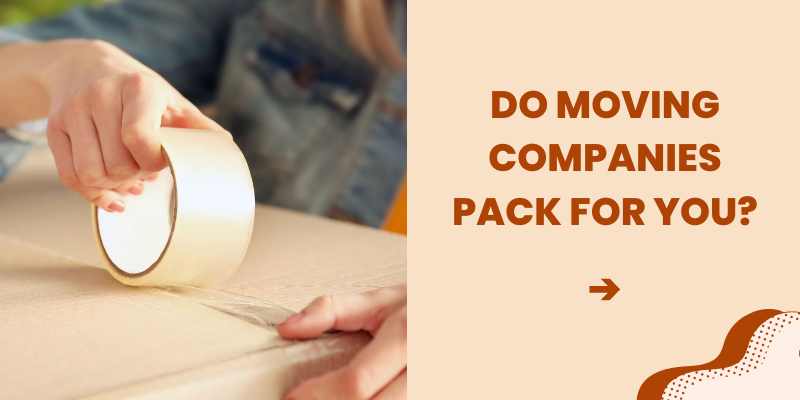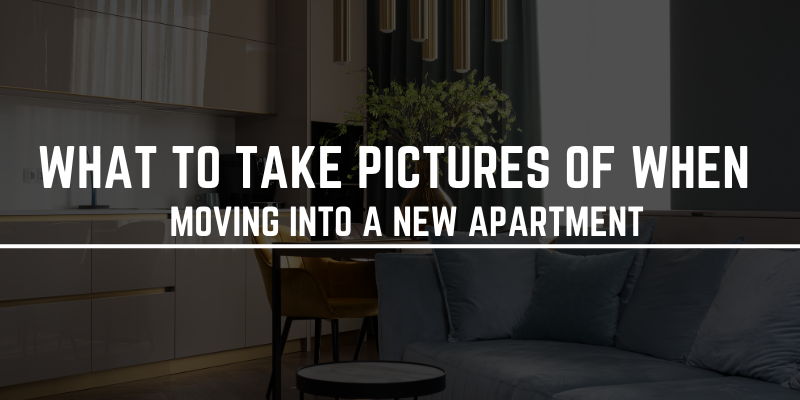Signing the lease to a new home or apartment can be an exciting time for anyone. However, it’s important to not jump the gun and let that excitement get the best of you. There can be many things wrong with a home or apartment that you may not see at first glance. This is why it’s crucial to do an in-depth check of the property before you agree to rent it.
Here are 7 things to check or look for when renting a house or apartment.
- Floors, Carpets, Walls, & Ceilings
- Water Pressure, Temperature, and Plumbing
- Safety Equipment
- Pests
- Appliances
- Cell Phone Reception
- The Lease
You can read more below on each of these to get more information on each topic.
1. Floors, Carpets, Walls, and Ceilings
When entering a potential new home or apartment, some of the first things you generally notice are the floors, carpets, walls, and ceilings. While it’s common for there to be minor imperfections like pinholes in the walls from the previous tenants’ pictures, you’ll want to make sure that any more severe damage like large holes in walls or stains in the carpets is noted. It’s important to indicate to your new landlord that those major damages were the fault of the previous tenant.
In addition, you will want to take your own pictures of the damages and send them in an email to your landlord. This will serve as dated and recorded evidence for you both. If you don’t, there is a good chance you will be charged for this damage and your security deposit reduced when you move out. If you can’t prove the damage was there before you moved in, you’ll likely be responsible for fixing it.
2. Water Pressure, Temperature, and Plumbing
These items tend to go unnoticed when doing an initial walkthrough of a new home or apartment, but they are something we must deal with each and every day. There is nothing worse than unstable water temperature or pressure and no one likes a shower that won’t drain or a toilet that doesn’t flush properly.
While you can’t go and take a shower while inspecting the property, you can test the pressure and temperature on your hand to make sure it’s suitable. Make sure to run all the faucets and flush all the toilets to check for proper drainage. If you notice that there are issues, consult with the landlord or management company to see if something can be done to fix the issues before you move in.
3. Safety Equipment
If there is any kind of emergency while you’re living in a rental property, you will want to be confident that the safety equipment is functioning properly. Smoke and carbon monoxide detectors truly save lives in disastrous situations. It’s important to make sure they are in working order so that you will be alerted to any potential danger.
If you notice that a smoke or carbon monoxide detector light is not on, it’s most likely not working properly. The light or lights on the device indicate it has power and is functioning. If any of the lights are out, request that the landlord makes sure these devices are working before you move in.
You can read furthermore on these safety tips for your new home.
4. Pests
Oftentimes, pests like ants, cockroaches, and rodents will find their way into a rental property, and that is obviously a huge problem for most people. Having pests living in your home is unsanitary and just plain disgusting in every way. It’s important to make sure that you’re vigilant in looking for indications of pests during the walkthrough of the rental property.
The best way to check for pests is to look inside or on top of the cabinets to see if there are any feces there. Checking the walls and baseboards for any large cracks or holes pests can hide in, is also a good idea. If you’re still not completely satisfied, ask the landlord to see copies of the most recent pest control treatments.
15 Signs of Pest Infestations to Look for When House Hunting
5. Appliances
Just like with the shower, toilet and sink in the bathroom, you might overlook lighting the stove, turning on the oven or checking the temperature of the refrigerator in the kitchen. You will be using them almost daily, so It’s important to test these appliances and make sure they are working properly.
Looks can be deceiving when it comes to appliances in the kitchen. Even if there’s no physical damage that you can see, that doesn’t necessarily mean that everything’s in working order. If the appliances don’t work, you need to come to an agreement with the landlord about how to move forward and determine who is responsible for upkeep and repairs.
6. Cell Phone Reception
It seems that everyone has a smartphone these days and being “connected” is more important to our lives than ever before. Countless people rely on phones for many different functions on a daily basis. From work to communicating with friends and family, and even keeping track of day-to-day tasks– smartphones have become indispensable.
If you can barely use your phone in your new home due to bad reception, that’s a major issue. When you are checking out your new potential home, make sure to try and use your phone to make a call or check an email in different areas of the home. Make sure the reception is consistent and up to your standards before signing the lease.
7. The Lease
While doing a walkthrough to inspect things throughout your new potential rental property is important, it is also a good idea to review and scrutinize the contract you sign before you get the place. The lease holds all the information on your agreement and what is expected of you.
Read your rental contract from front to back and bring up any concerns you may have with your landlord before you sign it. Many people have been surprised to learn about something later on when it was in their lease or rental agreement the whole time.
Some examples include:
- Subletting. Most leases require a landlord’s consent to sublet a rental property.
- Renovations. Again.. Most leases require a landlord’s consent to make any changes to a rental property.
- When you’ll get your security deposit back after moving out. Depending on the state you live in, your security deposit should be returned 14-60 days after the last day of the lease.
- The renewal policy of the lease. Renewals typically make changes to the lease such as increasing the rent or adding to the rules of the property.
- Maintenance responsibilities. Typically, the tenant is only responsible for the replacement of air filters or batteries in smoke alarms. Any other repairs or maintenance should be the responsibility of the landlord. More on landlord and tenant maintenance responsibilities.
Related Questions
15 Fail-Safe Tips To Get Your FULL Security Deposit Back
I have lived in 6 rental apartments/houses over the last 10 years and with each one, I learned more about what to do to ensure I get my security deposit back. Moving out of an apartment or other rental property can be stressful. Nothing eases that stress like receiving a fully refunded security deposit. Here are some great tips to ensure you get that cashback in your pocket…Where it belongs!
Comprehensive LIST of Essential Moving & Packing Supplies
It’s no question when you move, the success relies on having the correct moving supplies or packing supplies matched with being prepared. That’s why we created this extensive moving supplies checklist to bring you the best moving supplies to make your move easy. We have broken the list down into stages of the moving process: Pre-Move, During the Move, and After The Move.




